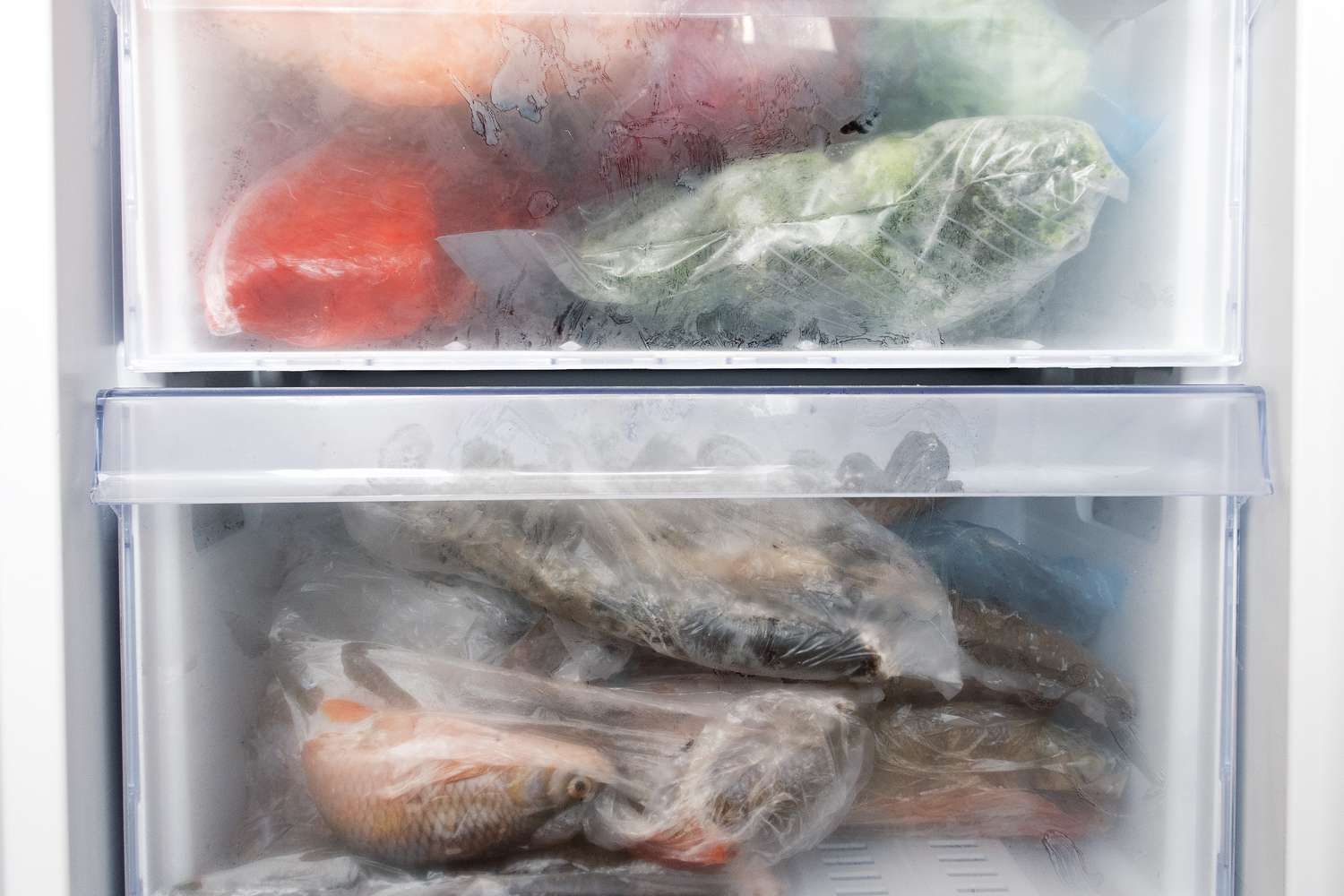

Articles
How To Store Fish In Freezer
Modified: January 19, 2024
Learn the best techniques for storing fish in the freezer to keep it fresh and flavorful. Read our informative articles and preserve your catch for future meals.
(Many of the links in this article redirect to a specific reviewed product. Your purchase of these products through affiliate links helps to generate commission for Storables.com, at no extra cost. Learn more)
Introduction
Properly storing fish in the freezer is essential to maintain its freshness and to ensure that it can be used at a later time without compromising its quality. Whether you’re a seafood enthusiast or a fishing enthusiast who wants to preserve your catch, knowing the right techniques for freezing fish is crucial.
In this guide, we will take you through the step-by-step process of storing fish in the freezer. From selecting the freshest fish to properly wrapping and labeling it, we will cover all the necessary details to help you maintain the taste and texture of your fish when it’s time to defrost and use it.
So, let’s dive in and discover the secrets to effectively freezing fish!
Key Takeaways:
- Selecting fresh fish with clear eyes, bright gills, and moist skin is crucial for optimal freezing. Properly wrapping, labeling, and storing fish in the freezer ensures long-lasting freshness and flavor.
Read more: How To Store Fish While Fishing
Step 1: Selecting Fresh Fish
Choosing fresh fish is the first and most important step in ensuring that your frozen fish will taste delicious when you decide to use it later. Here are some tips to help you select the freshest fish:
- Look for clear and bright eyes: A fresh fish should have clear, shiny eyes. Avoid fish with dull or cloudy eyes as it may indicate that the fish is not fresh.
- Inspect the gills: The gills of a fresh fish should be bright red or pink, indicating that it’s recently caught. Avoid fish with dull-colored or brownish gills.
- Check the skin: The skin of a fresh fish should be moist and shiny, with tightly adhering scales. Avoid fish with dry or discolored skin.
- Smell the fish: Fresh fish should have a mild, sea-like odor. Avoid fish with a strong, fishy smell as it may indicate spoilage.
- Consider the source: If possible, buy fish from a reputable fishmonger or fish market known for its high-quality seafood. This can increase the likelihood of getting fresh fish.
By following these guidelines, you can ensure that your fish is as fresh as possible before freezing it. Remember, the quality of the fish before freezing will directly impact its taste and texture when thawed and cooked.
Step 2: Preparing the Fish for Freezing
Once you have selected fresh fish, it’s time to prepare it for freezing. Proper preparation ensures that the fish retains its quality and flavor during the freezing process. Follow these steps:
- Clean the fish: Start by cleaning the fish thoroughly. Remove any scales, guts, and entrails. Rinse the fish under cold water to remove any blood or slime.
- Remove the head and tail (optional): Depending on your preference, you can choose to remove the head and tail of the fish before freezing. This step is not mandatory, but it can help save space in the freezer.
- Debone the fish: If you prefer, you can also choose to debone the fish before freezing. This makes it easier to use the fish later, especially for recipes that require boneless fillets.
- Pat dry: Use paper towels to pat the fish dry. Moisture can lead to freezer burn, so it’s important to remove excess moisture from the fish before freezing.
By following these steps, you will ensure that the fish is clean and free from any unwanted parts or excess moisture. This will help preserve the quality of the fish during freezing and prevent any unpleasant texture changes.
Step 3: Wrapping the Fish Properly
Properly wrapping the fish is crucial to protect it from freezer burn and maintain its freshness. Follow these guidelines to wrap the fish effectively:
- Use plastic wrap: Start by wrapping the fish tightly in plastic wrap. Ensure that all parts of the fish are covered, leaving no exposed areas.
- Double wrap for extra protection: For added protection, wrap the fish a second time with another layer of plastic wrap.
- Use aluminum foil or freezer bags: After wrapping the fish with plastic wrap, wrap it again with aluminum foil or place it in a freezer bag. This extra layer of protection helps to prevent freezer burn.
- Remove excess air: When using a freezer bag, squeeze out as much air as possible before sealing it. Excess air can cause freezer burn and deteriorate the quality of the fish.
- Label the package: Using a permanent marker, label the package with the type of fish and the date of freezing. This will help you identify and rotate the fish when it’s time to use them.
By wrapping the fish properly, you create a barrier that prevents air and moisture from reaching the fish. This helps to maintain its flavor and texture, ensuring that it remains fresh even during prolonged freezing periods.
When storing fish in the freezer, make sure to wrap it tightly in plastic wrap or aluminum foil to prevent freezer burn. Place it in an airtight container or freezer bag to further protect it from odors and freezer burn.
Step 4: Labeling and Dating the Packages
Properly labeling and dating the packages of frozen fish is essential for organization and ensuring that you use them in a timely manner. Follow these steps:
- Use waterproof labels: Use waterproof labels or write directly on the packages with a permanent marker. This ensures that the labels will remain legible and won’t smudge or fade in the freezer.
- Include important information: On each package, include the type of fish, the date it was frozen, and any additional details you find necessary. This information will help you keep track of the fish and determine its freshness.
- Arrange packages properly: Stack the packages in a neat and organized manner in the freezer. Place the newly frozen packages at the back and older packages in the front so you can use them in the order they were stored.
- Rotate your stock: To maintain optimal freshness, it’s important to practice the first-in, first-out (FIFO) method. This means using the oldest packages first before moving on to the newer ones.
By labeling and dating your packages, you have a clear overview of the fish you have in the freezer and when they were frozen. This helps prevent freezer burn, reduces food waste, and ensures that you enjoy the best quality fish when it’s time to cook.
Read more: How To Store Fish
Step 5: Storing Fish in the Freezer
Proper storage of the fish in the freezer is crucial to maintain its quality and prevent freezer burn. Follow these guidelines for storing fish in the freezer:
- Choose the coldest part of the freezer: Place the fish in the coldest part of the freezer, usually the back. This helps maintain a consistently low temperature and minimizes temperature fluctuations.
- Avoid overcrowding: Avoid overcrowding the freezer with too much fish. Leave enough space between the packages to allow for proper air circulation, which helps maintain a stable temperature.
- Keep fish away from strong odors: Store fish away from strong-smelling foods in the freezer to prevent any flavor transfer. Consider using a separate section or freezer container dedicated specifically to fish.
- Regularly maintain and defrost the freezer: Regularly clean and defrost your freezer to prevent ice buildup and maintain an optimal freezing environment.
- Check the temperature: Ensure that the freezer temperature is set to 0°F (-18°C) or below. This ensures that the fish remains frozen and helps preserve its quality.
Proper storage in the freezer ensures that the fish remains in a frozen state, preventing spoilage and maintaining its taste and texture. By following these guidelines, you can ensure that your fish stays fresh for an extended period until you’re ready to use it.
Step 6: Thawing and Using the Frozen Fish
Thawing frozen fish properly is crucial to maintain its flavor and texture. Here are some steps to thaw and use your frozen fish:
- Plan ahead: Take out the fish from the freezer and plan ahead for thawing. Avoid thawing fish at room temperature or using hot water, as this can promote bacterial growth and lead to flavor loss.
- Refrigerator thawing: The safest method is to thaw fish in the refrigerator. Place the frozen fish in a covered container or on a plate to catch any liquid that may accumulate during thawing. Allow the fish to thaw slowly in the refrigerator overnight or for several hours, depending on the size and thickness of the fish.
- Cold water thawing: If you need to thaw the fish more quickly, you can use the cold water method. Place the fish in a sealed plastic bag and submerge it in cold water. Change the water every 30 minutes to ensure that it remains cold. Thawing time will vary depending on the size of the fish, but it usually takes around 1-2 hours.
- Avoid microwave thawing: While using a microwave may be a convenient method for thawing other foods, it is not recommended for fish. Microwaving can unevenly thaw the fish and may result in overcooking certain parts of it.
- Cooking from frozen: Alternatively, it is possible to cook fish directly from frozen without thawing. Adjust the cooking time to accommodate the fact that the fish is frozen, as it may take longer to cook. This method is ideal if you’re in a rush and need to prepare a quick meal.
Once the fish is thawed, it is essential to use it immediately or keep it refrigerated for no more than 24 hours before cooking. Avoid refreezing previously frozen fish, as this can affect the quality and taste.
Now that you’ve learned how to properly thaw the fish, you can confidently use it in your favorite recipes and enjoy the fresh taste of your frozen fish.
Conclusion
Properly storing fish in the freezer is essential to maintain its freshness and flavor for future use. By following the steps outlined in this guide, you can ensure that your frozen fish remains in optimal condition. From selecting fresh fish to wrapping and labeling them correctly, each step plays a crucial role in preserving the quality of your fish.
Remember to choose fresh fish with clear eyes, bright gills, and moist skin. Clean and prepare the fish before wrapping it tightly in plastic wrap and adding an extra layer of aluminum foil or placing it in a freezer bag. Labeling and dating the packages will help you keep track of the fish and ensure that you use them in the correct order.
When it comes to storing the fish in the freezer, select the coldest part of the freezer and avoid overcrowding. Regularly maintain and defrost your freezer to prevent ice buildup. Thaw fish properly by using the refrigerator or cold water method, avoiding microwave thawing whenever possible.
By following these steps, you can enjoy the convenience of having frozen fish readily available while still ensuring its quality and taste. Whether you’re a seafood lover or someone who wants to make the most out of their catch, proper fish storage in the freezer is vital. So, the next time you take a freshly caught fish or bring home a seafood haul, follow these guidelines and enjoy delicious fish any time you desire.
Now that you've mastered storing fish, why not enhance your kitchen skills further? Dive into our guide on best techniques for food storage to discover savvy ways to keep all your edibles fresh till next year. Or, if you're tired of sifting through clutter every time you open your freezer, our tips on organizing your freezer effectively will help you streamline space and find what you need faster. Both guides are packed with practical advice to make your kitchen more efficient and your cooking routine smoother.
Frequently Asked Questions about How To Store Fish In Freezer
Was this page helpful?
At Storables.com, we guarantee accurate and reliable information. Our content, validated by Expert Board Contributors, is crafted following stringent Editorial Policies. We're committed to providing you with well-researched, expert-backed insights for all your informational needs.
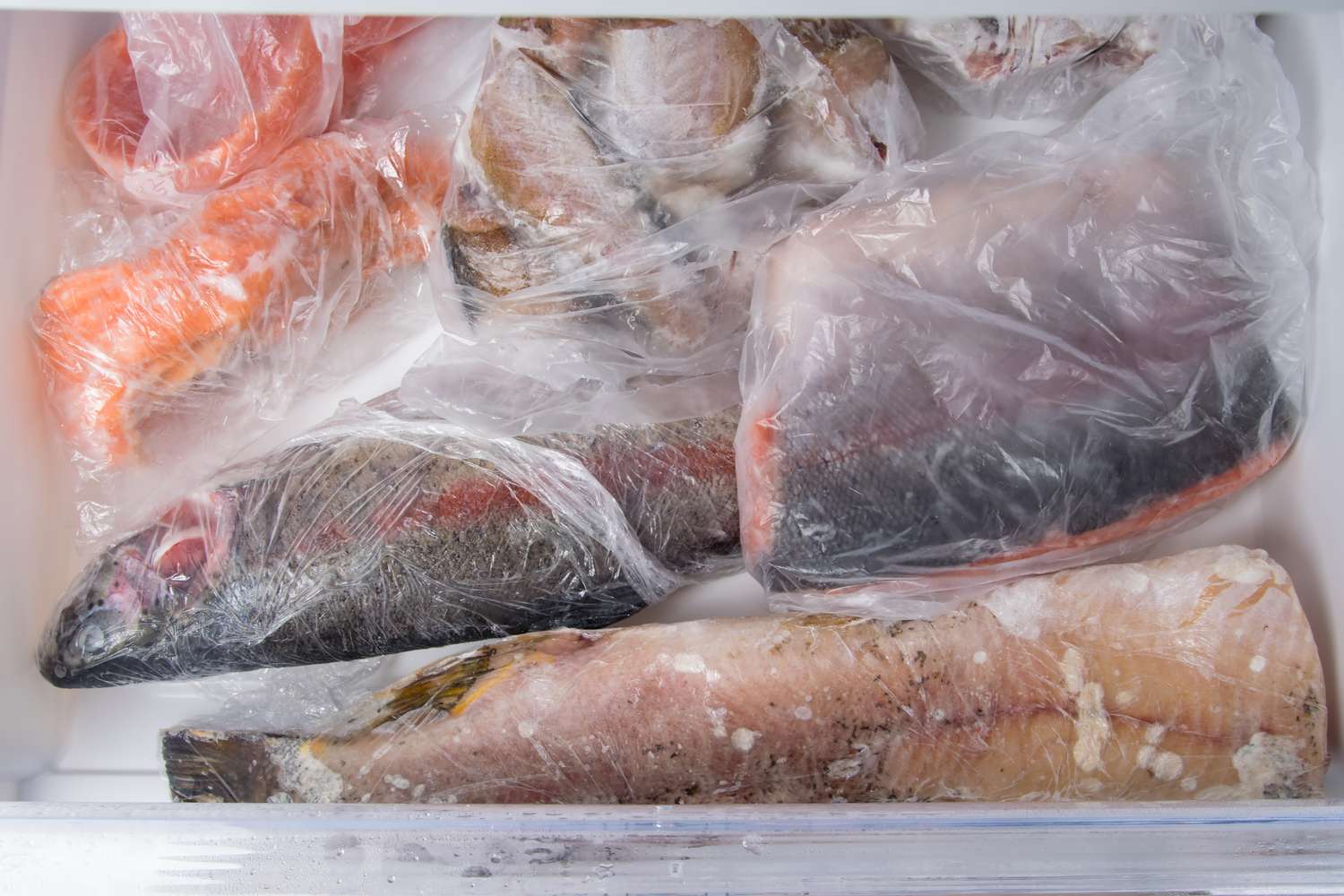


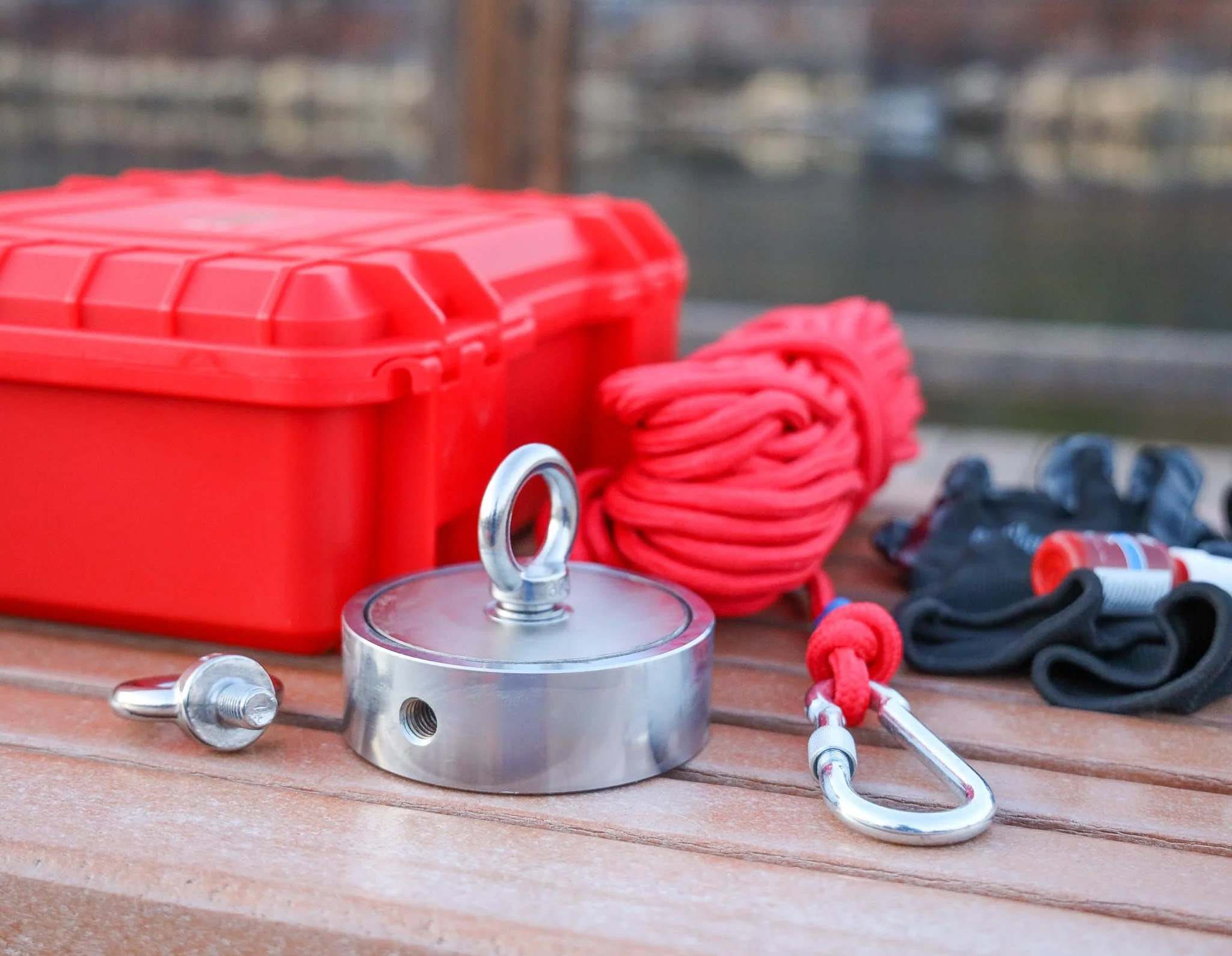

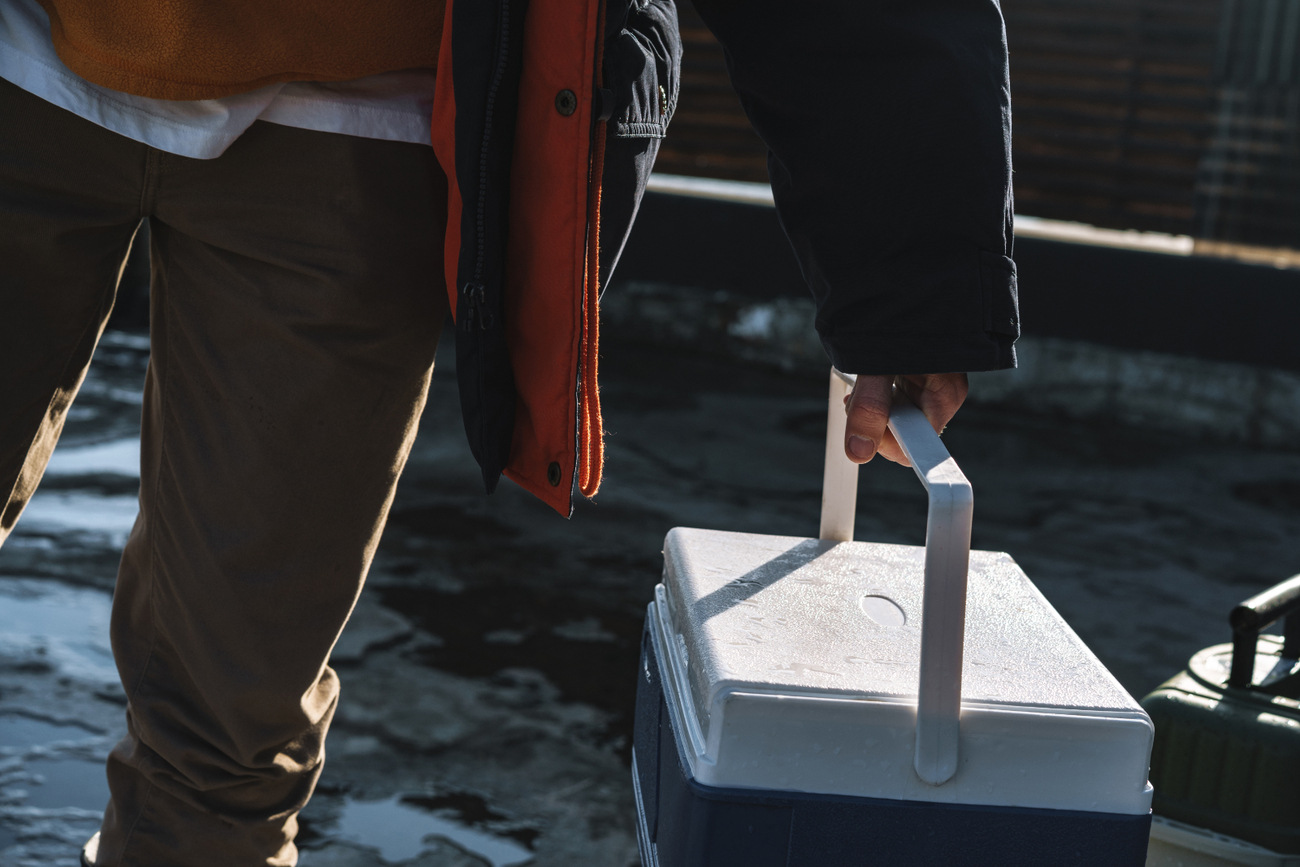


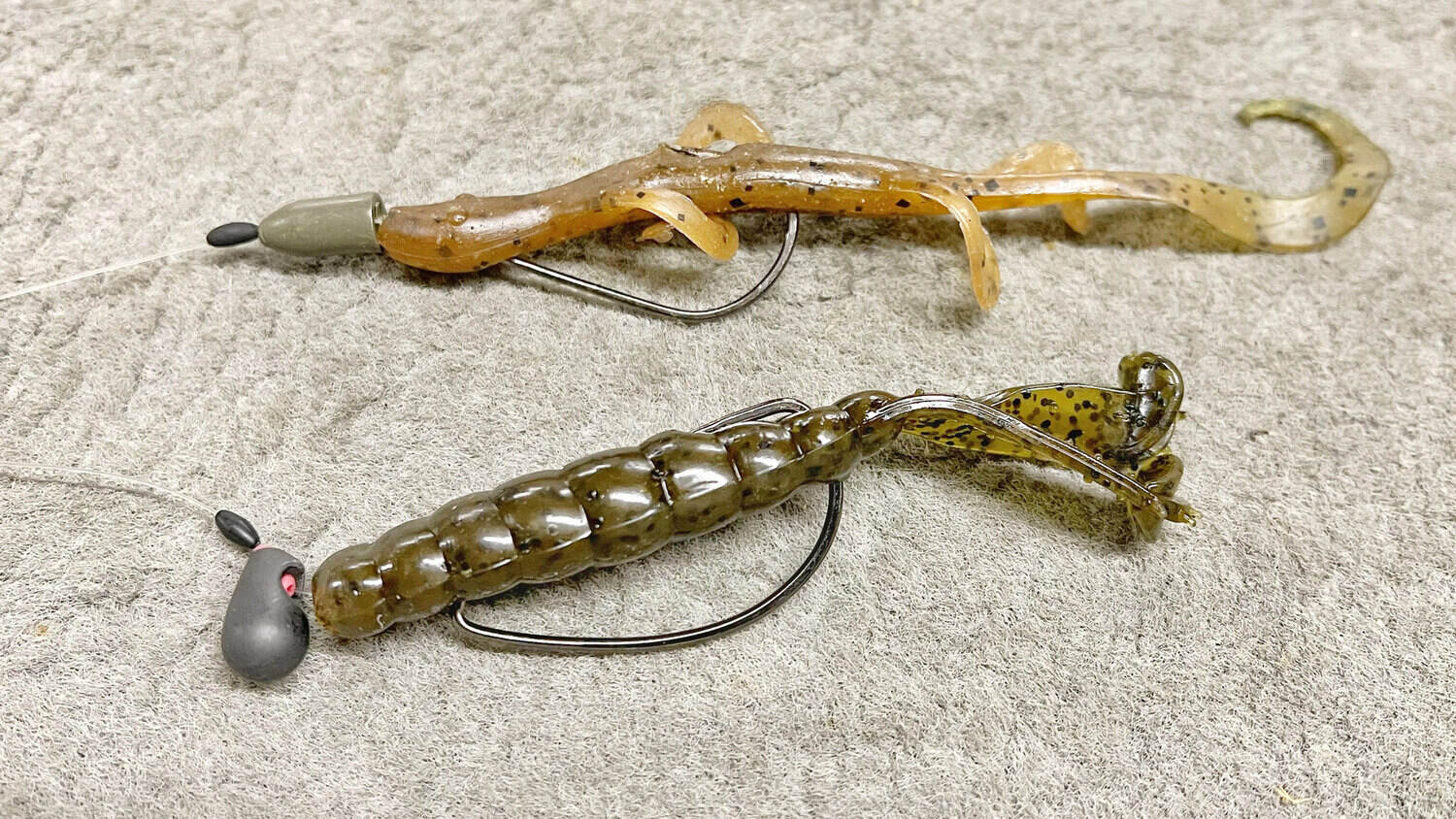
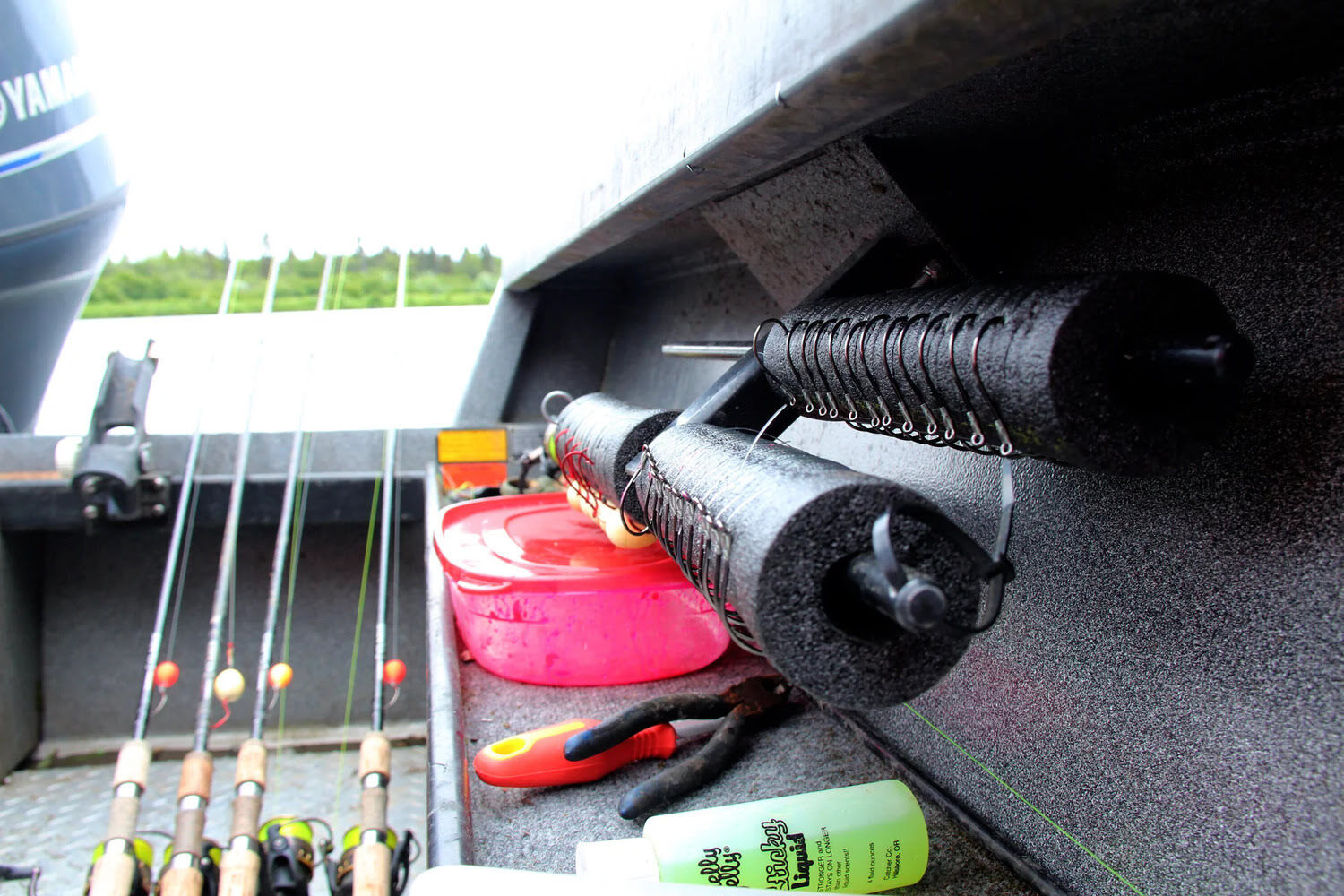

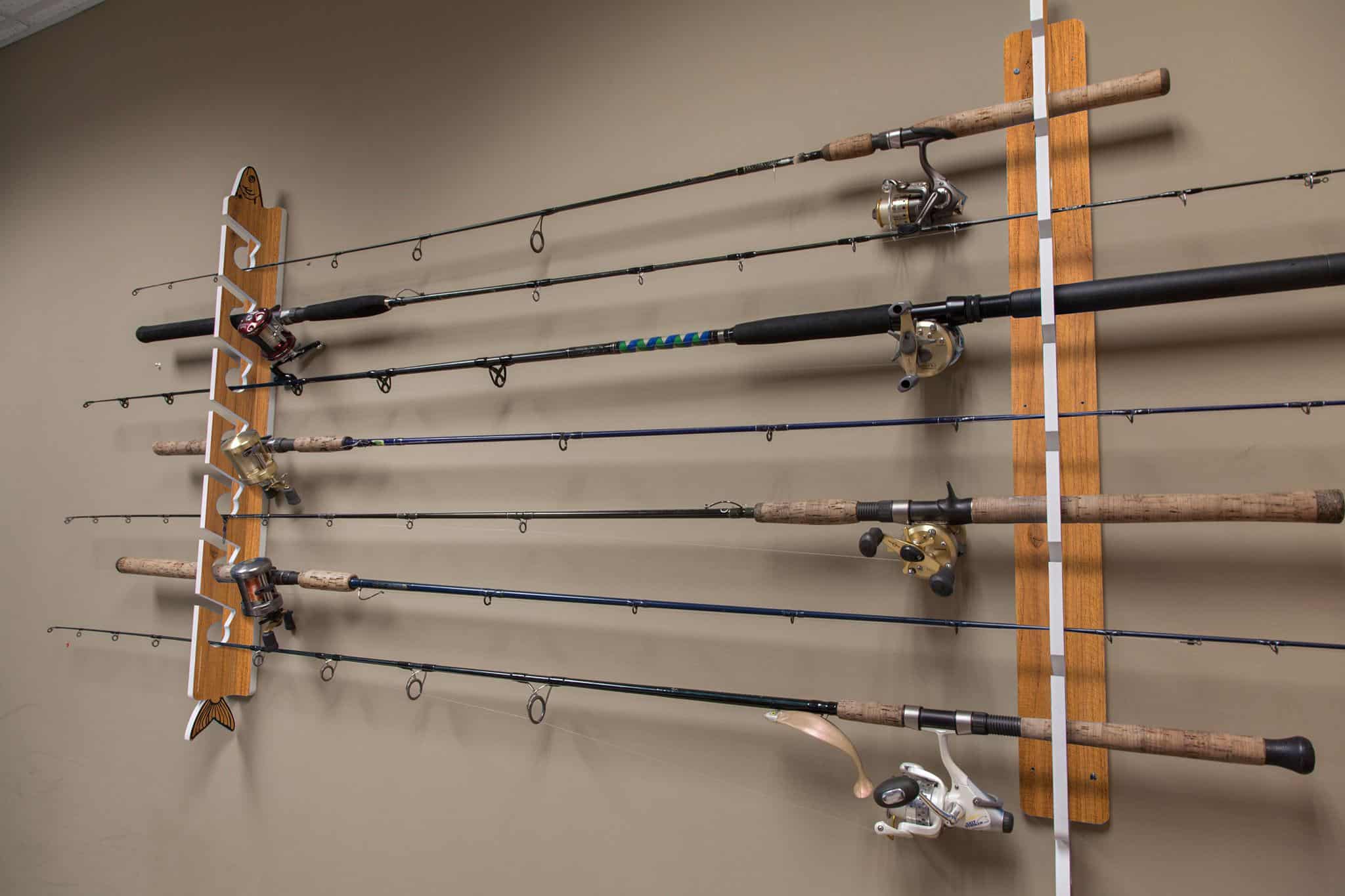

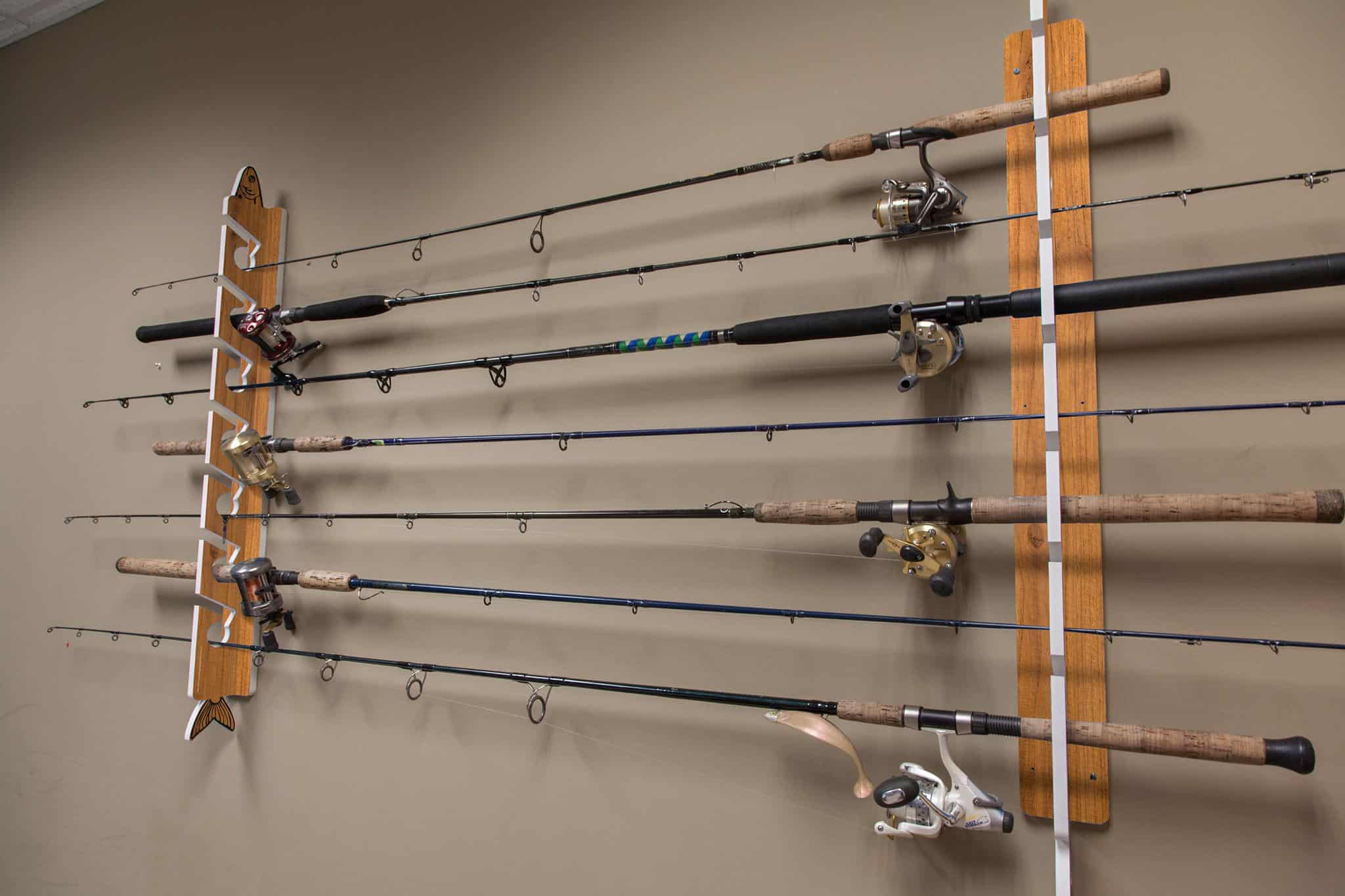

0 thoughts on “How To Store Fish In Freezer”